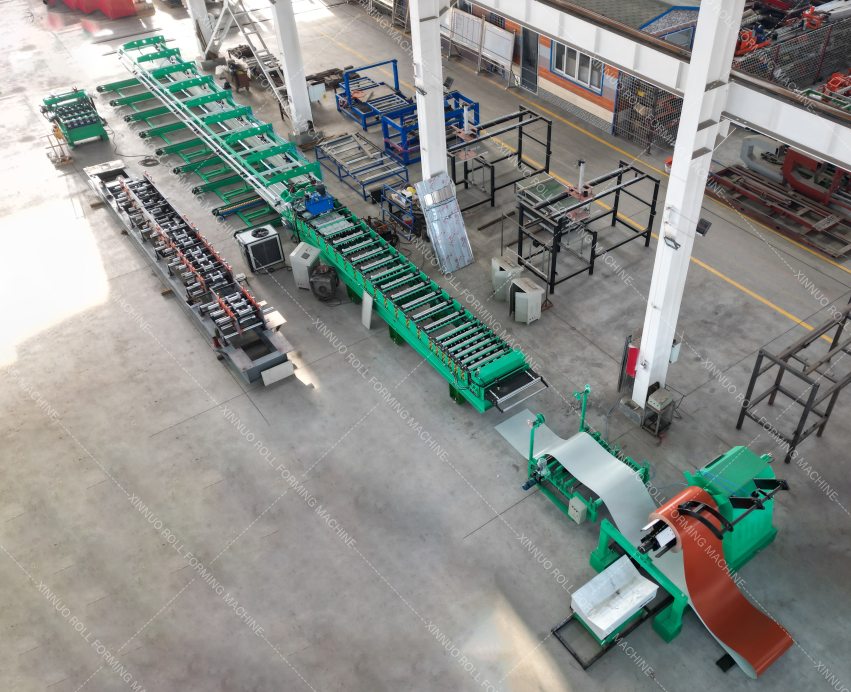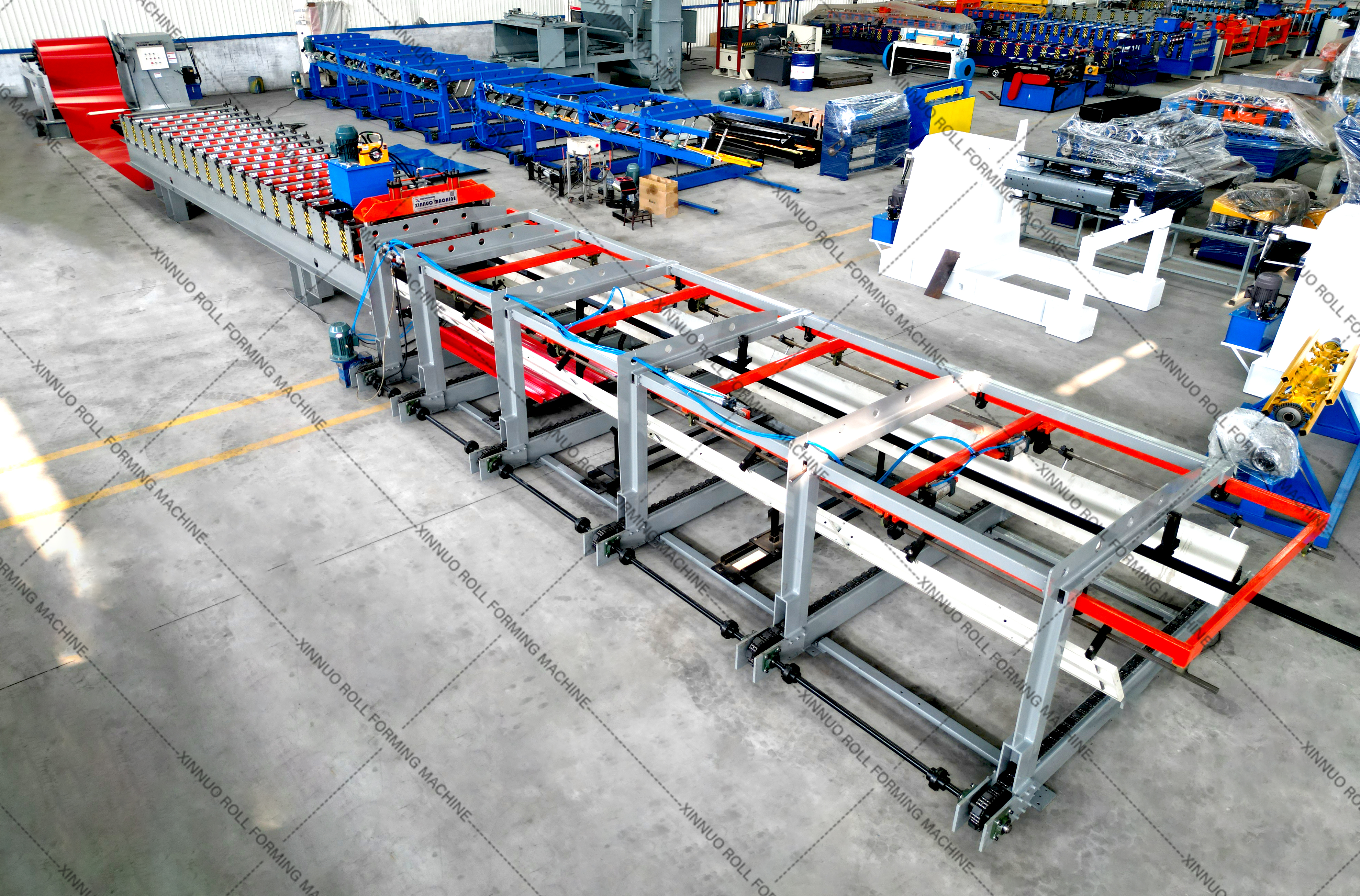The development of modern roofing systems has been a journey of technological advancement and material innovation. One such innovation is the IBR roof panel, a product that combines function with durability, and the roll forming line, a manufacturing process that efficiently produces these panels. This essay delves into the intricacies of IBR roof panels and their production via roll forming lines.
The IBR roof panel, an acronym often standing for Interlocking Batten and Ridge, is a high-performance roofing solution. It offers superior weather resistance, wind uplift resistance, and fire resistance. These panels are often used in residential and commercial buildings due to their adaptability, cost-effectiveness, and longevity.
The roll forming line is a manufacturing process that uses precision machinery to transform raw materials into finished roof panels. This continuous process involves multiple stations where the sheet metal is shaped, cut, and interlocked to create the desired roof panel design. The roll forming line ensures consistent quality, high production rates, and minimal waste.
The integration of these two elements – IBR roof panels and roll forming lines – has revolutionized the roofing industry. It has not only streamlined the manufacturing process but has also opened up new design possibilities. The IBR roof panel’s unique interlocking system eliminates the need for fasteners or adhesives, simplifying installation and reducing long-term maintenance costs.
Moreover, the roll forming process allows for mass production of these panels, making them more affordable for a wider range of projects. The efficiency of this process also reduces energy consumption and carbon emissions, making it environmentally friendly.
In conclusion, the IBR roof panel and its manufacturing via roll forming lines represent a significant milestone in the evolution of metal roofing. They offer an optimal blend of functionality, cost-effectiveness, and sustainability. As we look to the future, it’s likely that such innovations will continue to shape our built environment, contributing to more resilient, energy-efficient, and aesthetically pleasing buildings.
Post time: Jan-16-2024



